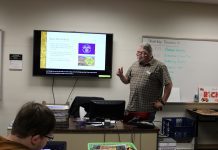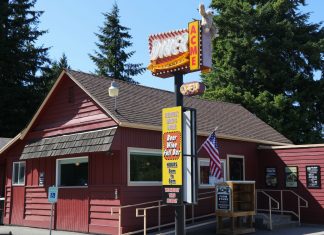355 Harris Ave.

A few of Harry’s bones were unearthed near a stream in central Alaska in 2010. At the time, paleoecologists knew little about his life. But now, using advanced DNA sequencing technology and chemical analyses, we have learned a lot about Harry. He was born 17,100 years ago and lived for a whopping 28 years during the Pleistocene glacial epoch. We know he migrated each year across Alaska, accumulating almost 50,000 total miles. We know what he did every summer and every winter!
Harry’s story is typical of how scientists can now use ancient DNA from tusks and the environment, along with chemical analyses, to create life histories of plants and animals. This class also provides a glimpse of how many species—just like Harry—went extinct.
The class is designed for the general public. The instructor feels a conceptual understanding of how DNA researchers do their sleuthing is important to all people on the planet. The class is divided into three sessions focusing on 1) Harry’s home in Alaska during the Pleistocene; 2) his life and friends during migrations; and 3) his last migration and the changing climate.
Join me in celebrating Harry’s life. He was quite a guy!
Instructor: David Tucker
David Tucker has taught science education at both high school and college levels. He holds B.S. and M.S. degrees from Washington State University in Chemistry. He has been awarded fellowships at Bell Laboratories, DuPont and Genentech. With support from the World Wildlife Fund, Tucker has spent time in the Amazon rainforest analyzing medicinal plants. In 1986, he received the National Science Foundation Exemplary Teaching Award.






































